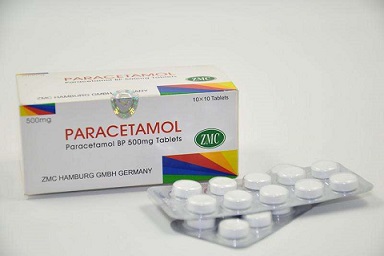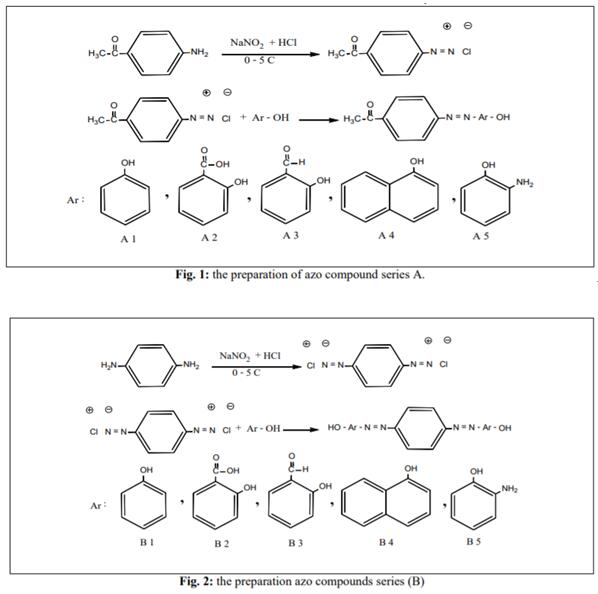5-Bromovaleric acid: Synthesis and Applications
Oct 16,2019
5-Bromovaleric acid is a slightly yellow or brown solid powder with melting point of 38-40 ℃. The well-known methods for the preparation of 5-Bromovaleric acid are characterized by low yield of the desired products, multistep processes coupled with the use of reagents difficult to obtain, or the necessity to use stoichiometric amounts of Ag+ salts and their subsequent regeneration.
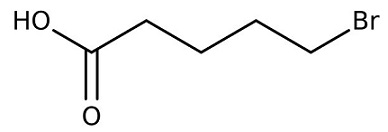
Another synthetic method of preparing 5-bromopentanoic acid was developed by oxidation of cyclopentanone with aqueous solutions of H2O2. Subsequent decomposition of the resulting hydroperoxide of cyclopentanone was accomplished with a catalytic quantity of copper salt in the presence of alkali bromides.
5-Bromopentanoic acid (5-BPA) has found applications in organic synthesis, particularly in the construction of the α-chain of the F2α series of prostaglandins. 5-Bromovaleric acid can be analyzed by the reverse phase (RP) HPLC method with simple conditions. The mobile phase contains an acetonitrile (MeCN), water, and phosphoric acid. For Mass-Spec (MS) compatible applications the phosphoric acid needs to be replaced with formic acid. 5-Bromovaleric acid was used in the preparation of:5-(3-dimethylammonio)propylammonio pentanoate bromide via reaction with 1,1-dimethyl-1,3-propylenediamine, nanodiamond functionalized by carboxylic acid groups, water-soluble nanoplatelets of potassium graphite. It is also used in the synthesis of inhibitors for aminoglycoside resistant bacteria.
As reported, 5-bromopentanoic acid was used to develop a facile and robust strategy for crafting semiconducting nanocomposites by placing conjugated polymers in intimate contact with inorganic tetrapods via catalyst-free click chemistry. Specifically, CdSe tetrapods were synthesized by inducing elongated arms from CdSe zincblende seeds through a combination of the use of halide ligands, continuous precursor injection, and seed-mediated growth. Subsequently, oleic acid (OA)-capped CdSe tetrapods were subject to inorganic ligand treatment to completely remove insulating fatty ligands, followed by introducing either 4-azidobenzoic acid or 5-bromovaleric acid as bifunctional ligands and substituting of bromine of 5-brimovaleric acid into azide, yielding azide-functionalized CdSe tetrapods. Within this process, bifunctional ligands (4-azidobenzoic acid, 5-bromovaleric acid) not only act as coupling agents that anchor onto the CdSe tetrapod surface, but also introduce the desired terminal functional group for further reaction.
Furthermore, ethynyl-terminated P3HT was prepared by a quasi-living Grignard metathesis method. The intimate tethering of ethynyl-terminated P3HT to CdSeN3 was rendered by catalyst-free alkyne-azide cycloaddition between them, leading to the formation of P3HT-CdSe tetrapod nanocomposites. Photovoltaic devices were fabricated using P3HT-CdSe tetrapod nanocomposites crafted based on 4-azidobenzoic acid- or 5- bromovaleric acid-capped CdSe tetrapods. Notably, P3HT–CdSe tetrapod nanocomposites produced via the use of 4-azidobenzoic acid exhibited an improved photovoltaic performance compared to that synthesized with 5-bromovaleric acid.
References
Pfeuffer, T., Kürschner, K. and Strohriegl, P., 1999. Novel nematic bis‐1, 5‐hexadiene monomers: synthesis and photopolymerization to cholesteric polymer networks. Macromolecular Chemistry and Physics, 200(11), pp.2480-2486.
Konstantinova, T.V., Klykov, V.N. and Serebrennikova, G.A., 2001. The synthesis of cholesterol-containing cationic amphiphils with heterocyclic bases. Russian Journal of Bioorganic Chemistry, 27(6), pp.404-407.
Jung, J., Yoon, Y.J. and Lin, Z., 2016. Semiconducting organic–inorganic nanocomposites by intimately tethering conjugated polymers to inorganic tetrapods. Nanoscale, 8(16), pp.8887-8898
- Related articles
- Related Qustion
Paracetamol is the most widely used over-the-counter and prescription analgesic worldwide.1 It is the first step on the WHO pain ladder and is currently recommended as first-line pharmacological therapy by a variety of international guideli....
Oct 15,2019API4-aminoacetophenone is a yellow or brown solid that is soluble in the organic solvent ethyl acetate and also soluble in 1M HCl, but not in 1M NaOH.....
Oct 16,2019Analytical Chemistry5-Bromovaleric acid
2067-33-6You may like
- Application research of 4-Methylpyridin-2-amine
Nov 13, 2025
- 3-Chloropropiophenone: synthesis and application
Nov 11, 2025
- Report on 2-bromonaphthalene
Nov 4, 2025
5-Bromovaleric acid manufacturers
- 5-Bromovaleric acid
-
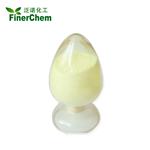
- $23.00 / 25kg
- 2025-12-05
- CAS:2067-33-6
- Min. Order: 1kg
- Purity: 99%
- Supply Ability: 200mt
- 5-Bromovaleric acid
-

- $1000.00/ ton
- 2025-12-03
- CAS:2067-33-6
- Min. Order: 1ton
- Purity: 99%
- Supply Ability: 5000
- 5-Bromovaleric acid
-
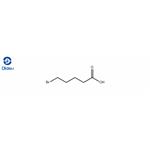
- $0.00 / 25kg
- 2025-12-01
- CAS:2067-33-6
- Min. Order: 1kg
- Purity: 99%
- Supply Ability: 10000KGS




